
About This Quiz
Fashion has long separated and defined one culture from another, just as languages, dialects, foods, flags and customs have.
In the United States alone, consider the various styles that differ from region to region and period in history. Newsboys in New York City popularized knickerbockers, while further south in Texas, the 10-gallon hat became as synonymous with cowboys as horses did. Move outside the U.S.'s melting pot, and you'll find fashion trends and traditional dress that change every couple hundred miles. Berets that became mainstream in France were largely ignored in Germany in favor of lederhosen and dirndl. Sleek kimonos were the dress of choice in Japan while other Asian countries preferred plainer, collarless tunics.
Even as casual observers, we have come to associate certain styles and fashions with certain cultures. Now we want to know just as closely you've been paying attention to fashion throughout the years ... and across the world! In this quiz, you'll find some common (and some lesser-known) clothing items from around the world. Don your fashionable thinking cap and see if you can pair these pants, ponchos and party dresses (and probably a few things that don't start with P!) with their particular place on the globe.
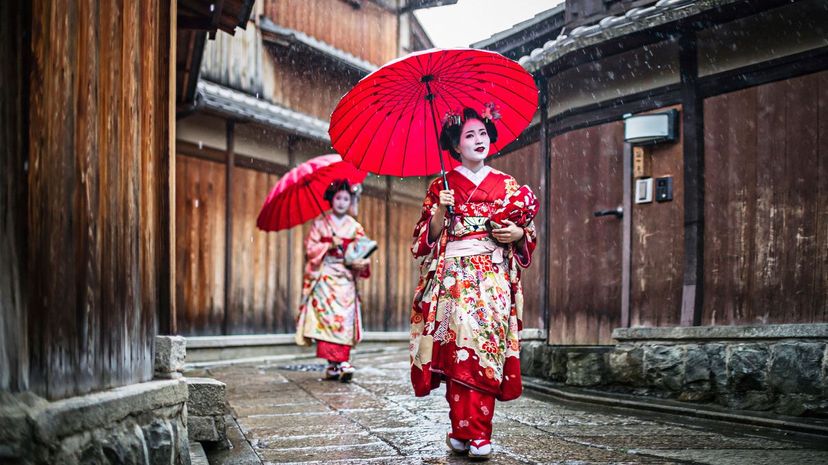
The word "kimono" translates in English to "the thing worn on the shoulders." Though they are traditionally associated with women's dress, men sometimes wear the gender-neutral garment as well. The pattern on a kimono often has symbolism as well, such as longevity or good fortune.
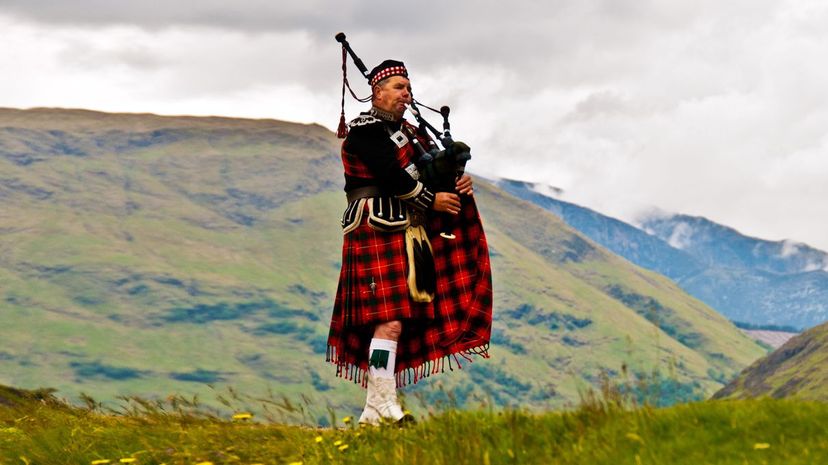
Kilts came to popularity in the 16th century, when they would cover the wearer from the neck to below the knee. Later, kilt wearers turned to just the part that resembles a skirt. Today, it is worn mostly for formal events or ceremonies.

The flamenco dress, or traje de flamenca as it is known in Spain, is a ruffly dress designed to impress when the dancers wearing them are performing. The most complex of the flamenco dresses is known as a bata de cola, which has a long train that can be guided by the dancer.
Advertisement
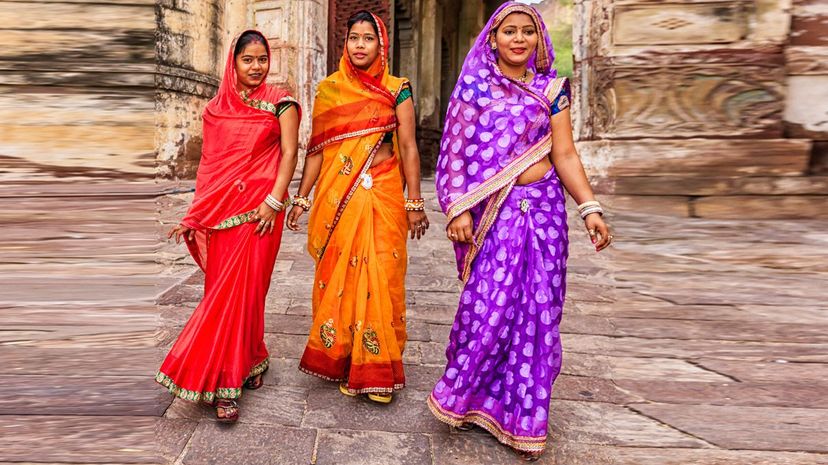
The traditional attire worn by women throughout India, the sari is both simple and complex at the same time. It's simple because it's a single piece of fabric, but complex because it can be styled in so many different ways.

Lederhosen can best be described as short pants, usually hitting at the knee, accompanied by a type of suspender system that goes over the shoulders. This garment was typically worn by workers who found them simpler to keep clean.

The agbada is often used to describe just a robe-length garment worn by men, although it can contain up to three full pieces of clothing including a pair of trousers that taper toward the ankle, a long-sleeved shirt and the robe worn over both.
Advertisement
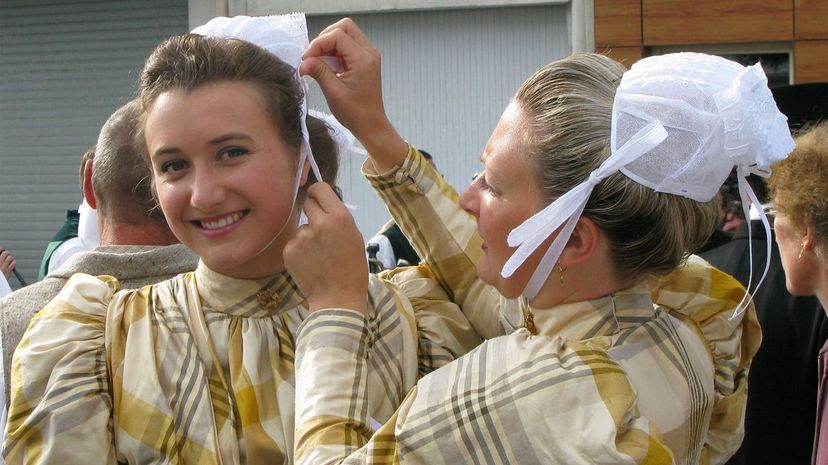
The coiffe, once a staple of wardrobes in the Brittany area of France, is now mostly worn for formal occasions. They are ornate lace headpieces in different designs for a woman's varying stages of life but can be upward of 15 to 16 inches high on top of the head.
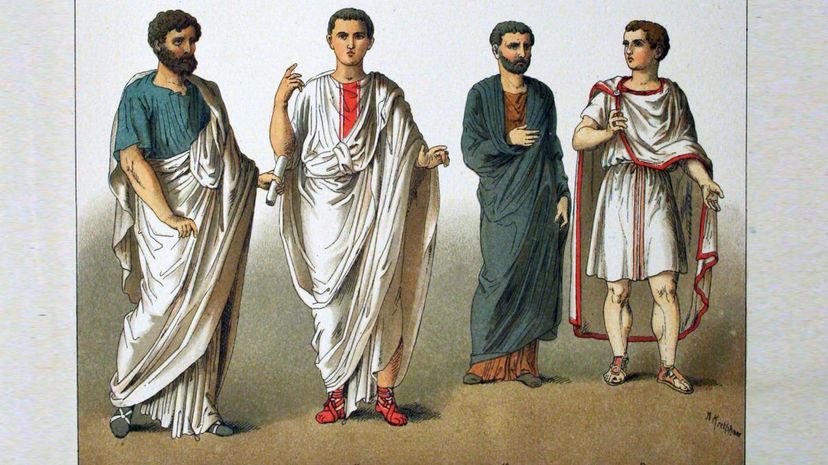
You've seen the pictures: Great orators of ancient Rome, addressing a crowd, wearing what looks like a bedsheet wrapped around and around them. This article of clothing was actually known as a toga, made of wool, and with various designs for different class systems.

Today, a modern company has coined the brand name, Mukluks, but the original "mukluk" was a boot fashioned from the skin of a seal or reindeer. Mukluks are a favorite in Arctic areas to protect feet from the cold.
Advertisement
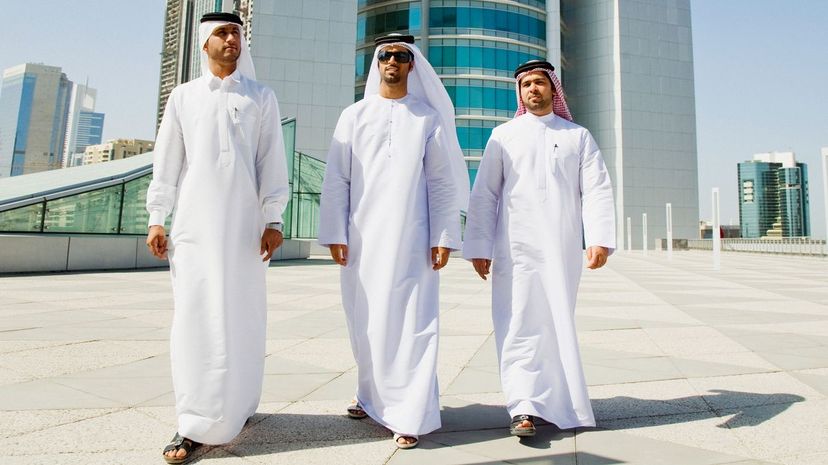
The ghutrah, as it is known in Saudi Arabia, also goes by "shemagh" and "keffiyeh" throughout the Middle East. It is traditionally red and white and worn by men throughout the region, accompanied by a black sash.
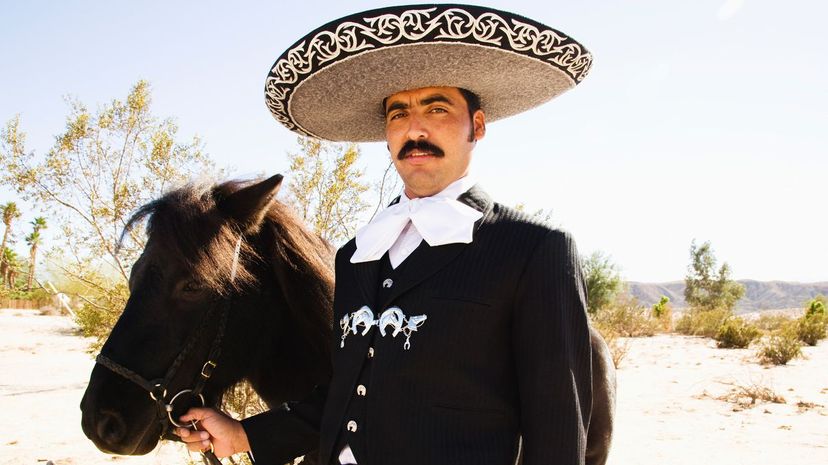
The sombrero is as synonymous with Mexico as it is with the world's fastest cartoon mouse. This wide-brimmed headpiece is designed to help the wearer block the sun's rays in Mexico's steamy climate.
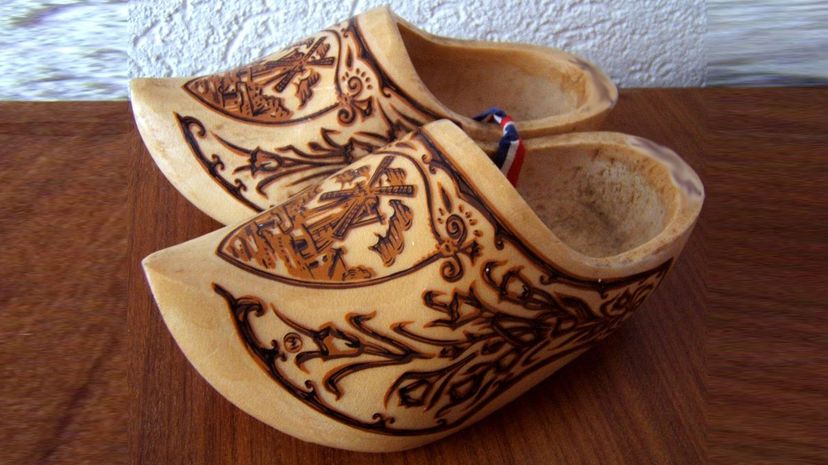
One shoe makes a klomp, but a pair are a klompen in their native Netherlands. Their name may be attributed to the sound they make when worn, which they still are daily in their European homeland.
Advertisement
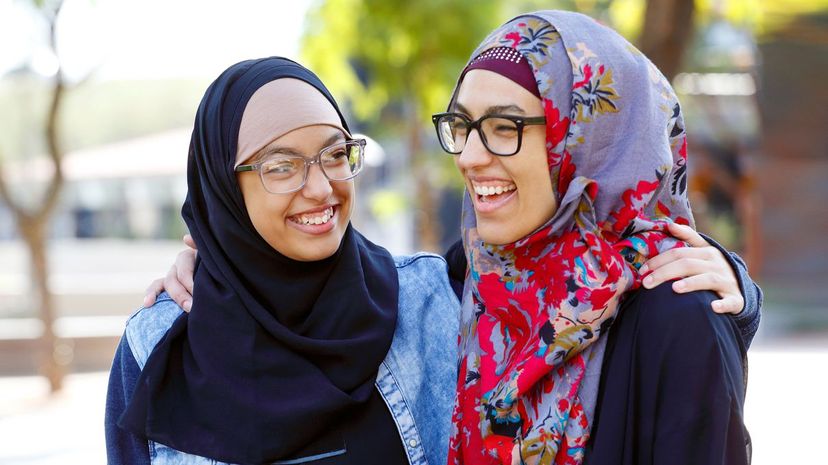
Women of the Muslim faith wear a hijab as a means of covering their heads, a literal interpretation of what the word "hijab" means. This is sometimes confused with a burka, which also conceals the face.
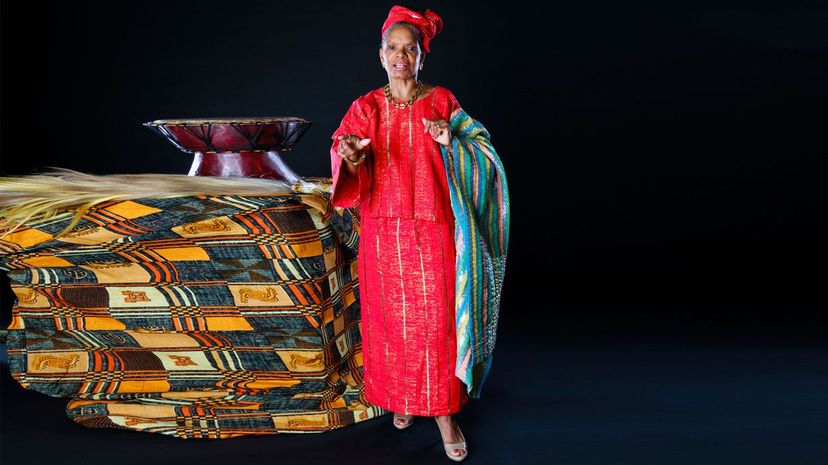
The dashiki has been a favorite of African countries, particularly Nigeria, for years. It was originally created as a brightly-colored pullover tunic for men to wear to work while keeping the heat at bay.
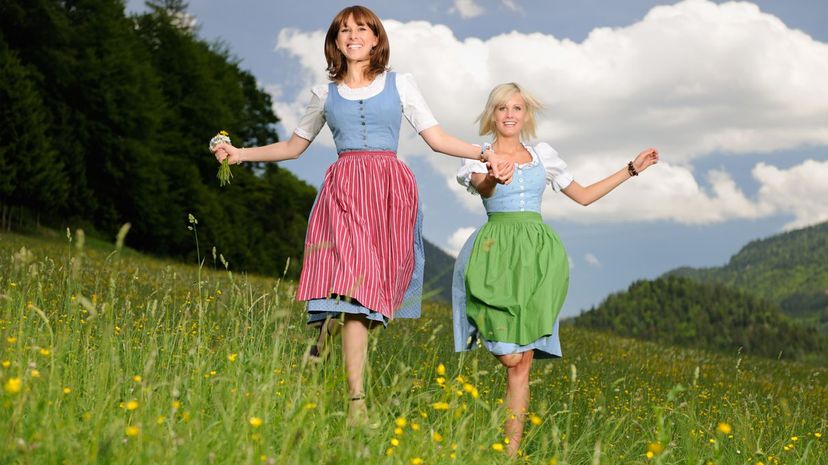
A dirndl is a traditional dress worn by women in Germany and Austria that features a knee-length design and a typically cinched waist. This is the female wardrobe counterpart to the man's lederhosen.
Advertisement

The bolero jacket, a cropped ornate jacket that first appeared in the 19th century, draws its inspiration from bullfighting, which is rooted in a type of Spanish dance. Today, the bolero is similar to what you might think of as a shrug.
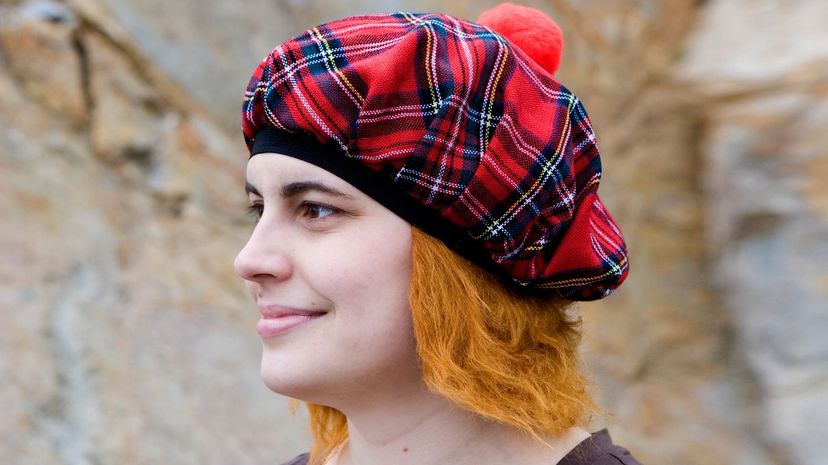
So goes the Burns poem, "... This truth finds honest Tam o' Shanter ... ," which somehow became the name for a Scottish hat typically knitted from a single piece of fabric. Tam O'Shanter hats usually come in a plaid pattern.
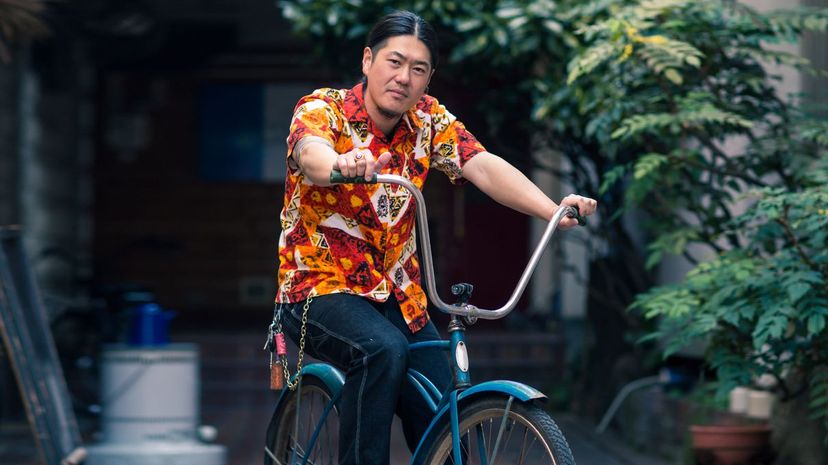
An "aloha shirt" or "Hawaiian shirt" is a favorite in its originating Hawaii, but today, you can find these style of breezy, button-down shirt in just about any store throughout the U.S.
Advertisement
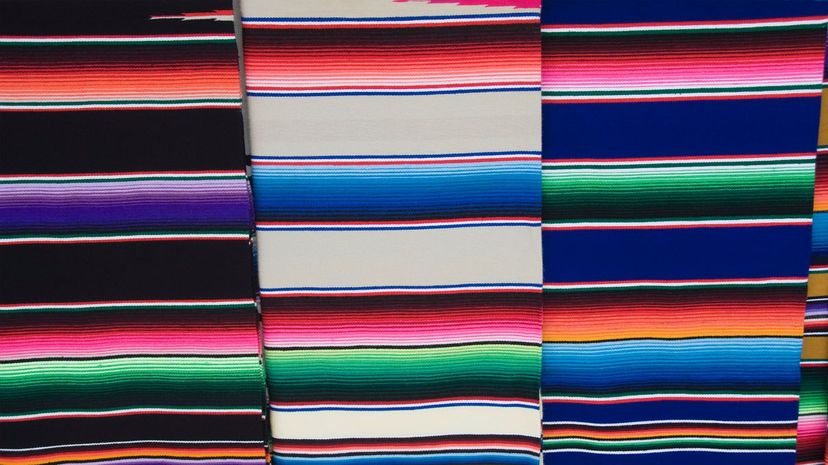
The Mexican sarape may be as popular as the Mexican sombrero, coming in a variety of colors typically accented with fringe. The colorful patterns are by design, too - ancient civilizations believed the colors would safeguard from evil spirits.

The beret has an interesting and varied history, from being worn at one time by only the poorest individuals in society to being adopted as a piece worn by military leaders and political activists. We like to think of it atop a Frenchman's head, though, eating a baguette at a Parisian cafe.

New York now has the Knicks, which is short for Knickerbockers, which - you guessed it - came from the popular pants style in the early 20th century. Knickerbockers later became just "knickers," and the team became the Knicks.
Advertisement
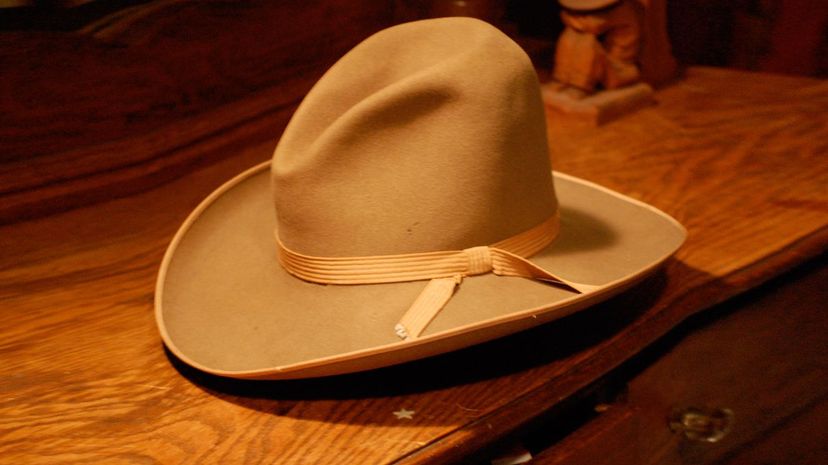
The 10-gallon Stetson hat is nearly a requirement if you live in Texas. Most people are unclear where it earned its "10-gallon" description, though, going back and forth between the image of it holding 10 gallons of water (it won't) and it drawing inspiration from Mexico's "tan galón" sombrero.
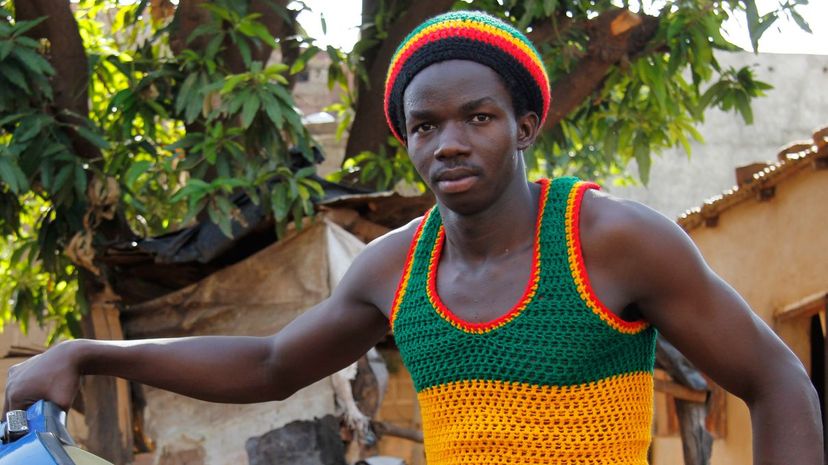
Jamaicans favor the "rastacap," which is a bulbous, woven hat, thanks to extra room up top to accommodate braids or dreadlocks. The cap has also been associated with religious beliefs of Rastafari on the island.
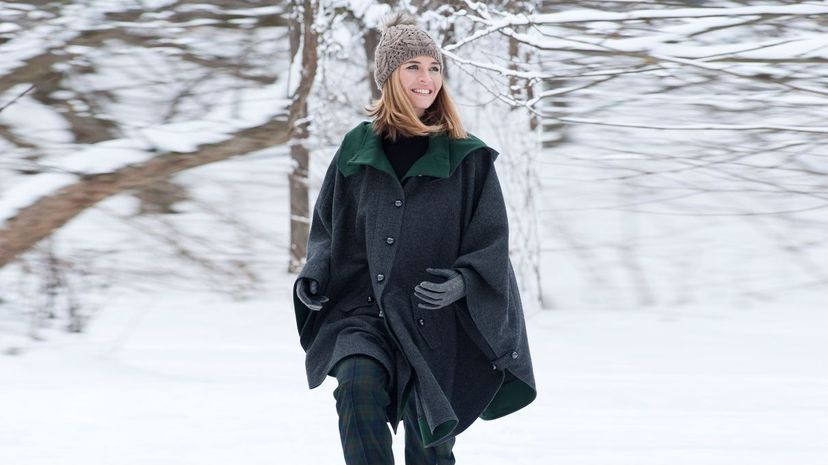
The luhkka is designed with colder temperatures in mind, helping cover the wearer from the top of their head to at least their waist. In the U.S., we might most closely associate these with the design of a poncho.
Advertisement
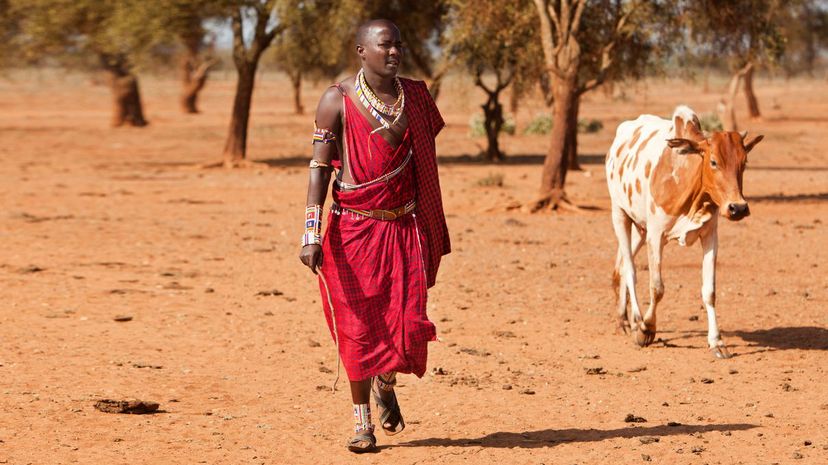
The shuka is typically attributed to the Maasai people of eastern Africa, with it drawing parallels to a blanket thanks to its size and shape. Shukas are predominantly red and can be worn wrapped any number of ways.

These chunky sweaters favored by many in the United States actually have roots in Ireland as an "Aran jumper." This piece earned its name from the region in which it originated, the Aran Islands.
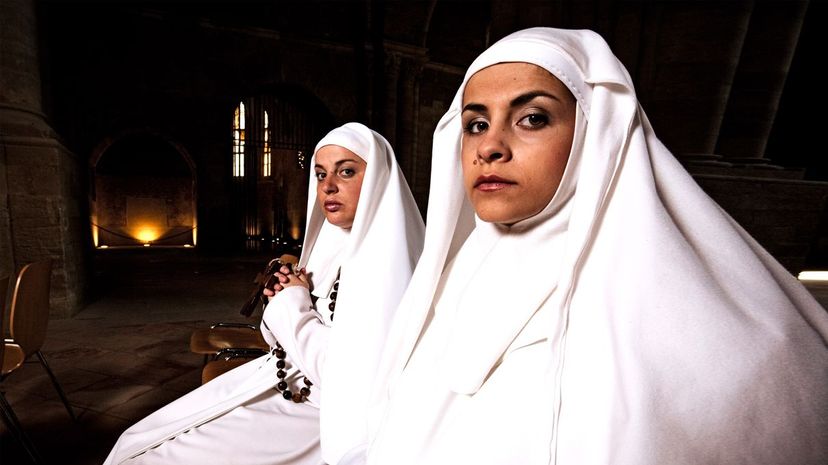
A wimple was designed to expose only the most essential parts of the face from the forehead to just below the mouth. Women in medieval times wore these to demonstrate their modesty.
Advertisement
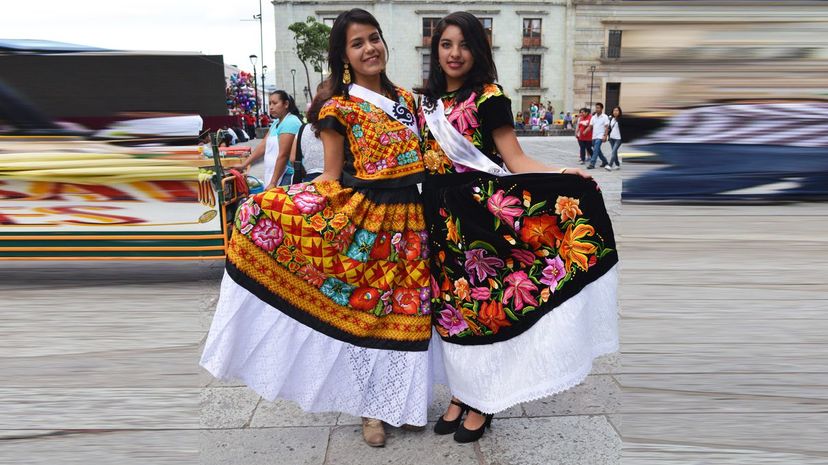
You've likely seen these popular dresses around and didn't know what they're called. The huipil can be very ornate or much simpler, and covers a variety of clothing types from shirts to a poncho-style piece to a full-length dress.
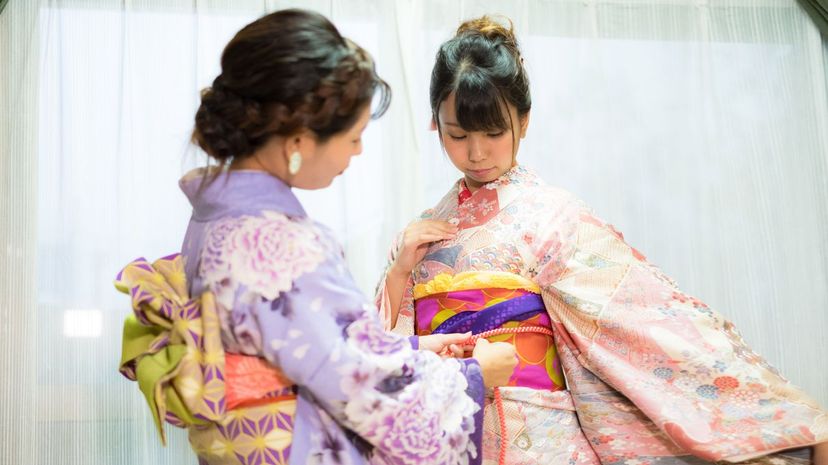
The "obi" is part of the kimono attire in Japanese society, functioning as a type of belt or sash to complement the outfit. Obis vary in color and design based on the person wearing them.
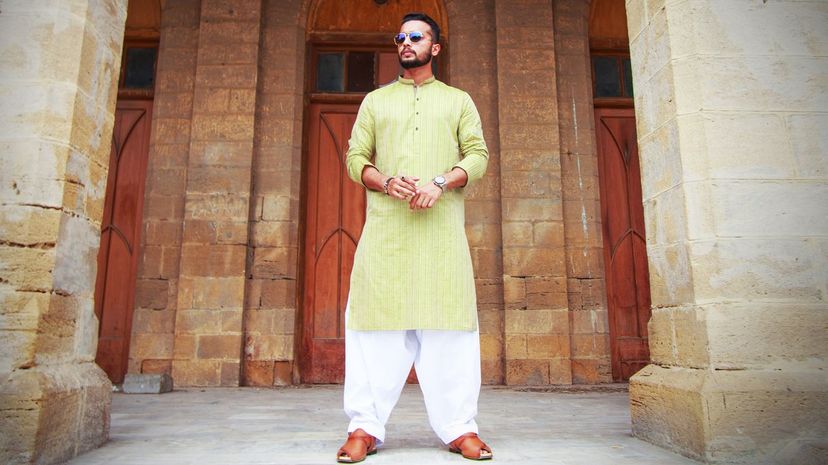
These might remind you of a long nightshirt of sorts. The kurta is a tunic-style top with no collar (and no color, typically) worn by men throughout India. Pants to accompany a kurta are known as "pajama."
Advertisement
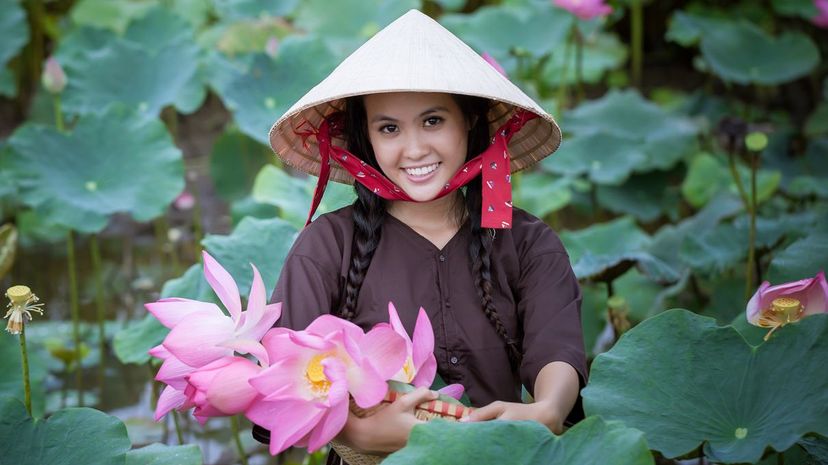
The Vietnamese "non la," which means leaf hat, should perhaps mean "cone hat" instead. Its shape comes to a peak at the top, tapering down on the side to form a wide cone. The design is said to help protect the wearer from sun and rain.

You may find the chiton and the toga to be similar in appearance, but the two are, in fact, different. A chiton was sewn, particularly around the shoulders and along the sides, while a toga was gently draped (but had no stitching).

It started as a wardrobe piece for royals but was loved by so many that it became a regular wardrobe item for women in Indonesia as well as the nations of Malaysia, Thailand and other countries. It mimics both a blouse and a dress and often incorporates lace or silk.
Advertisement

Similar to a sarong, the "pareo" is popular in Tahiti and nearby islands as a length of fabric tied around the waist to be worn as a skirt. Some women even wear them further up the torso as a dress.
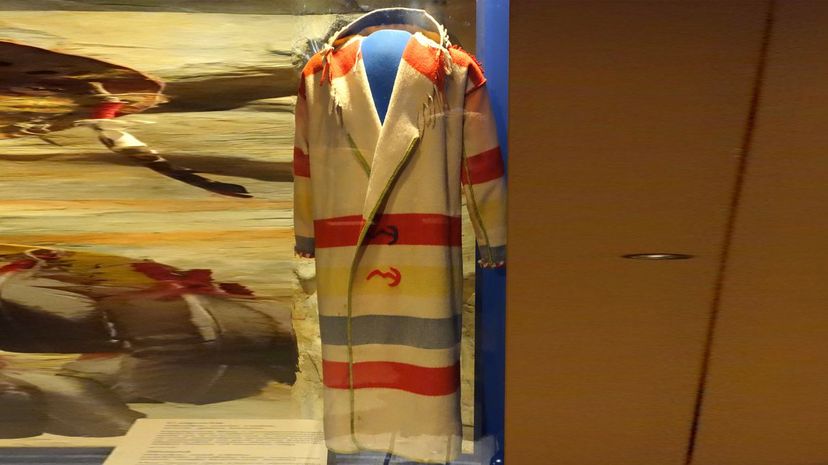
Sharing a name, but no other history, with noted author Truman Capote, the thick coat that comes with or without a hood was first created from blankets. Travelers to the New World favored them, as did Canadians, to help deal with harsh winter conditions.

A lavalava can be brightly-colored, a length of fabric tied at the waist, or more subdued in color for special occasions or as part of a dignified uniform. It seems many island nations have their version of a sarong and Samoa is no different.
Advertisement
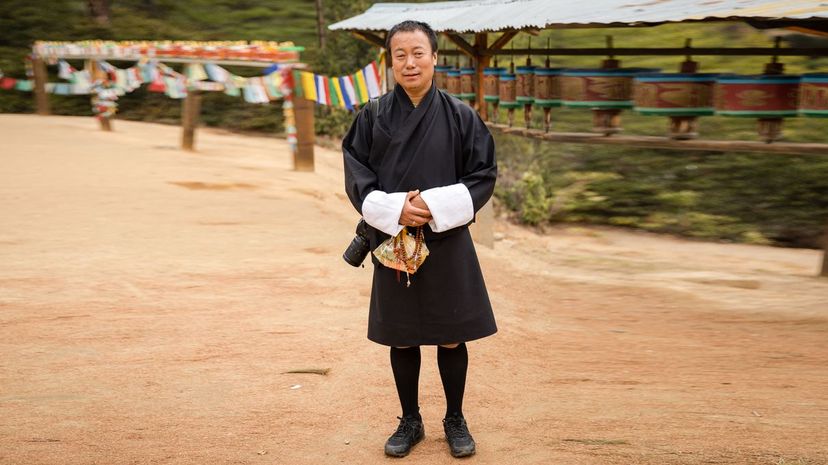
Though it gives the appearance of a dress, the gho is actually designed to be worn belted by Bhutan men. (The women's version is called a kira.) Both form the base of most outfits in this small country, with extra pieces layered on for special occasions.

Not only are these sarong-style skirts colorful, but their name is reminiscent of a colorful bird known as the macaw. They may also be plain white as well, at the discretion of the man wearing it.
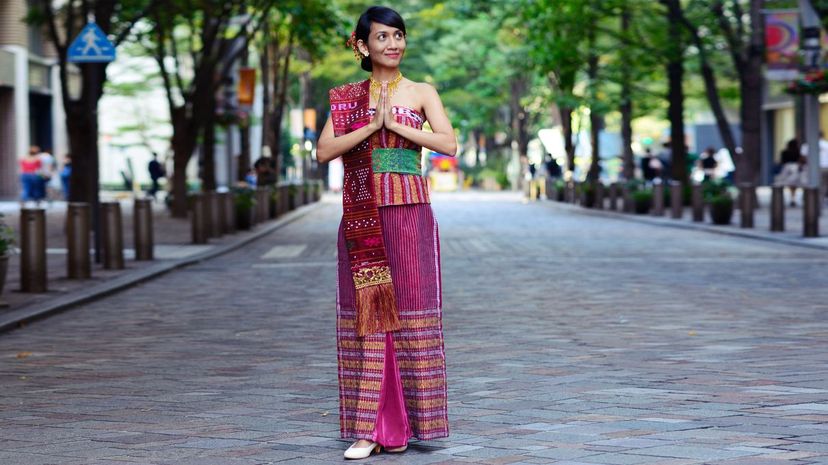
A kain, as it's known in Indonesia, is a type of skirt that takes the shape of a sarong, or a piece of fabric wrapped around the wearer and tied at the waist. Another part of traditional Indonesian clothing for women is a sash, known as a selendang, that accompanies the kain.
Advertisement
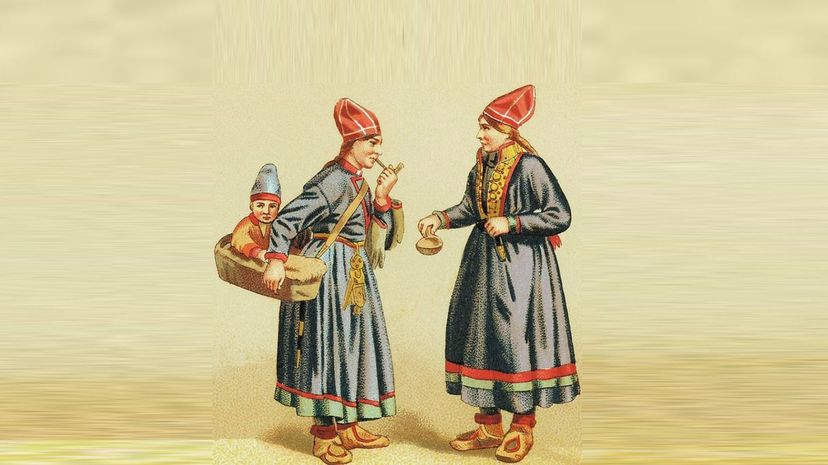
A kolt, sometimes also known as a gákti, looks like a brightly-colored tunic or dress worn by the Sámi people in northern Europe and Russia. It is particularly useful when it's cold thanks to its high collar and one-time construction of animal skin.